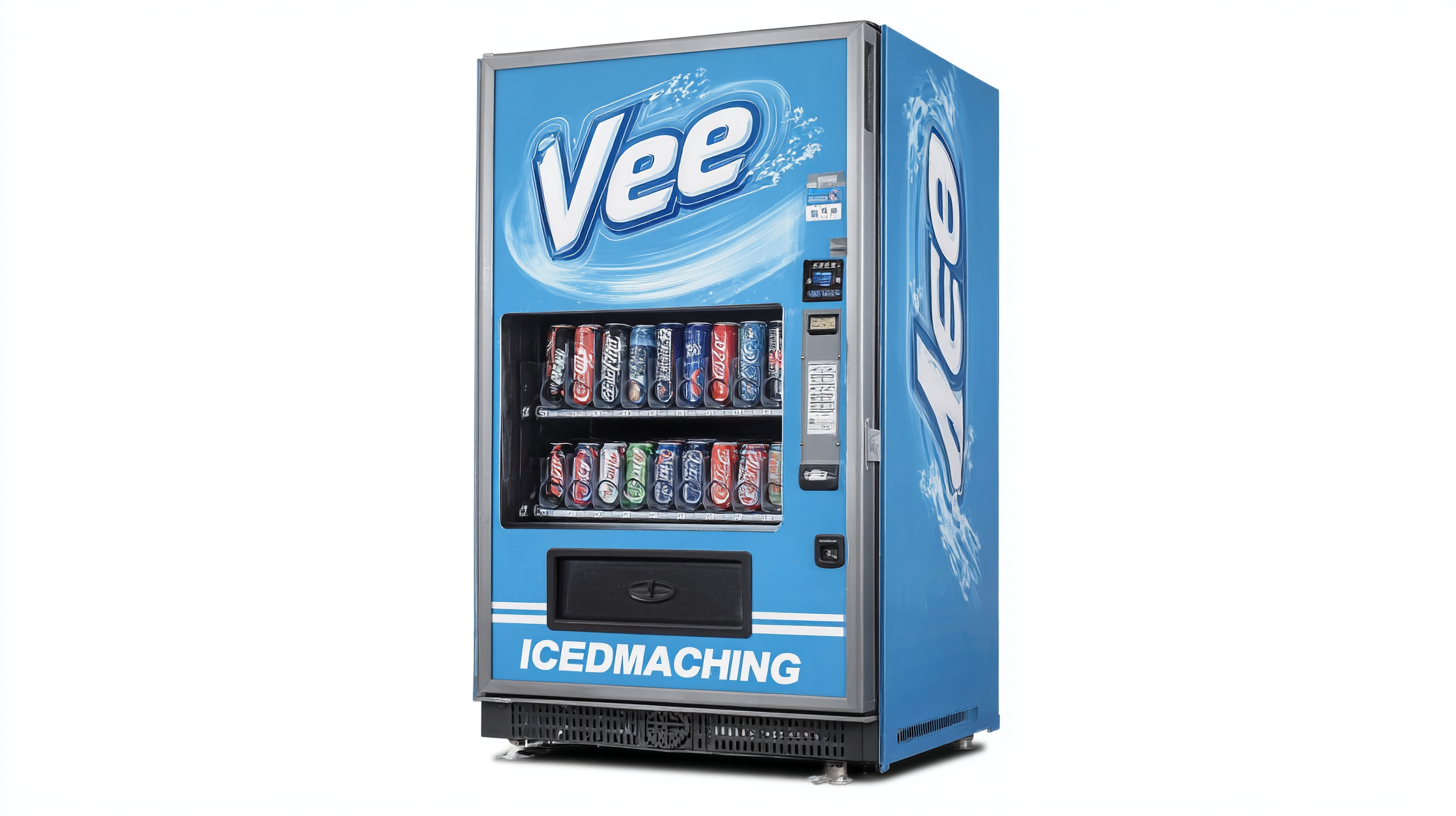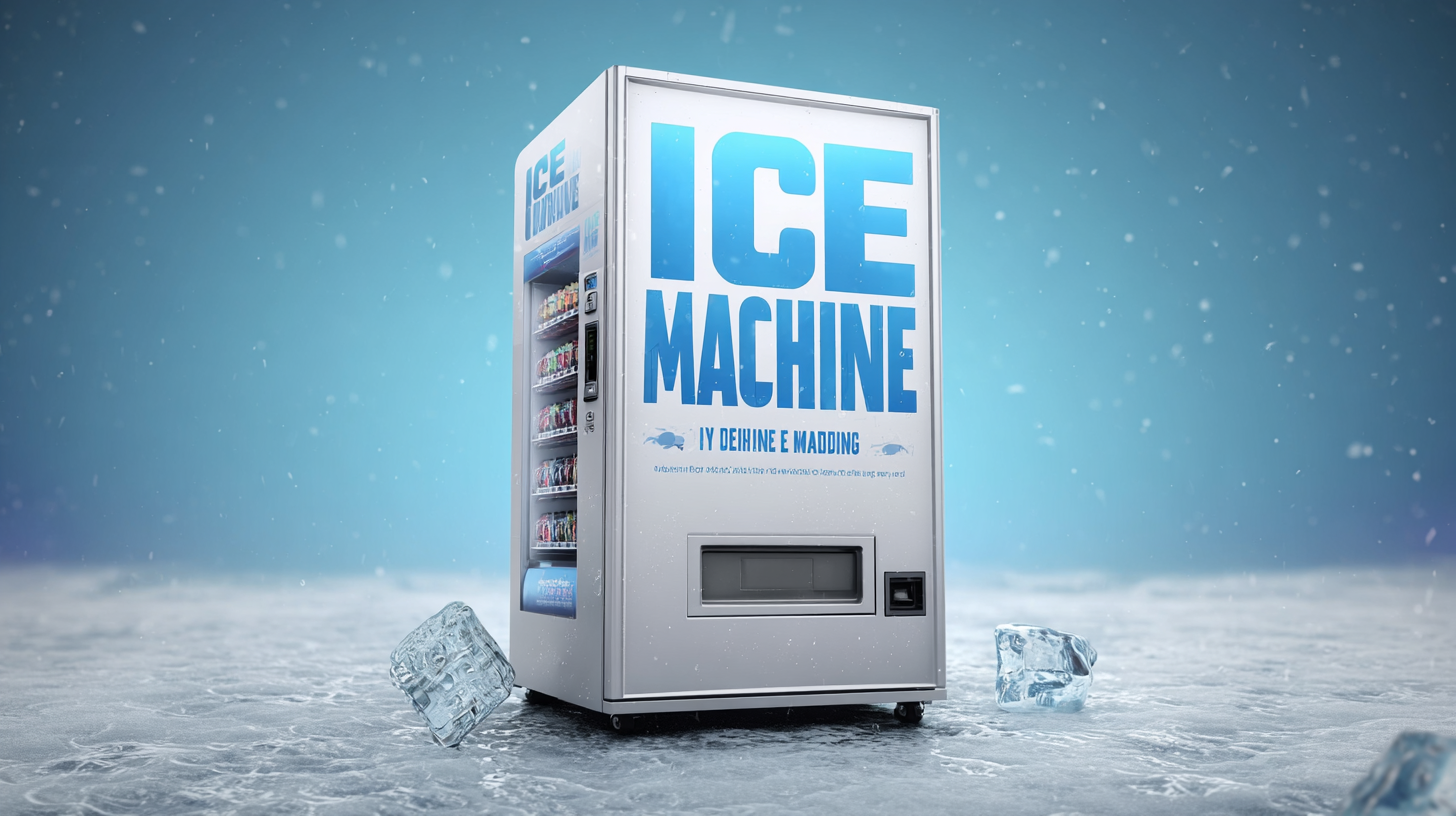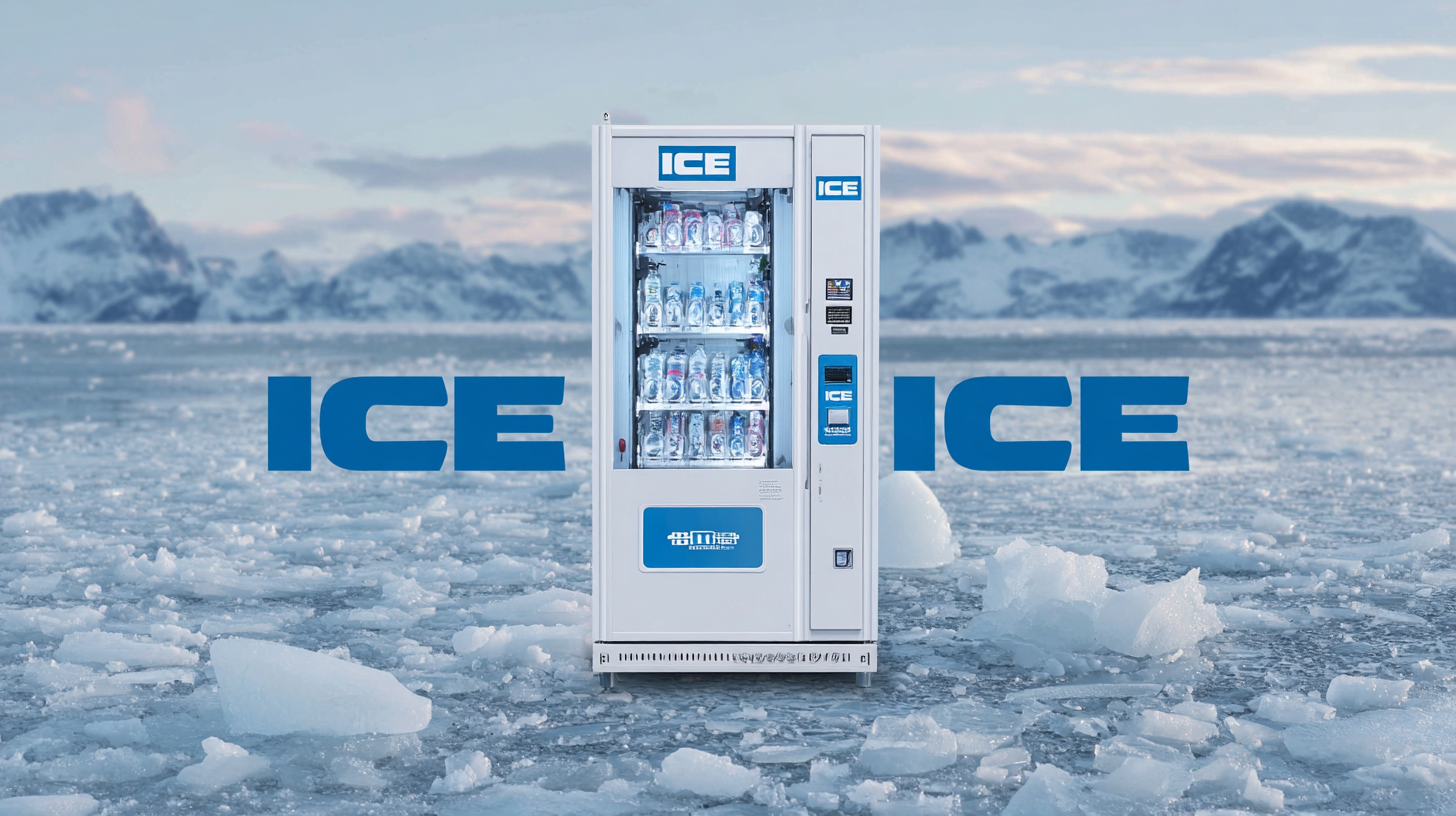The ice vending machine industry has seen significant transformation in recent years, driven by technological advancements and shifting consumer preferences. According to a report by MarketsandMarkets, the global market for ice vending machines is projected to grow from $1.4 billion in 2020 to $2.3 billion by 2025, reflecting a CAGR of 10.6%. Despite this growth, manufacturers face several challenges, including the integration of smart technology, fluctuating ice production costs, and competition from traditional ice distribution methods. As consumers increasingly demand convenience and sustainability, the best ice vending machines must adapt to meet these expectations, ensuring they not only provide high-quality ice but also align with eco-friendly practices. Understanding these dynamics is crucial for stakeholders aiming to thrive in this competitive landscape.

In today's rapidly evolving market, the ice vending machine industry is experiencing significant changes driven by emerging trends in technology and shifting consumer preferences. One key trend is the integration of smart technology, allowing vending machines to track inventory in real time and send alerts for restocking. This not only enhances operational efficiency but also ensures that customers receive fresh ice whenever they need it. Additionally, touchless interfaces are becoming increasingly popular as hygiene remains a top priority for consumers.
To successfully adapt to these trends, operators should consider a few tips. First, investing in machines equipped with IoT capabilities can lead to better inventory management and customer satisfaction. Second, adopting eco-friendly practices by using sustainable materials and energy-efficient designs can appeal to environmentally conscious consumers. Lastly, promoting mobile payment options can increase convenience for customers, aligning with the growing demand for contactless transactions.
Understanding consumer preferences is essential for staying competitive in the ice vending machine space. Trends show that customers favor machines that not only deliver high-quality ice but also provide exceptional user experience. By embracing technology and focusing on what consumers want, businesses can effectively meet the challenges of today's market.
The location and accessibility of ice vending machines play a crucial role in determining their overall profitability. According to a recent industry report from IBISWorld, convenience is the top factor influencing consumer purchasing decisions, with 70% of buyers preferring machines placed in high-traffic areas such as gas stations, parks, and busy retail outlets. Machines located near recreational facilities or beach areas can see an increase in demand during the summer months, illustrating how strategic placement can capitalize on seasonal trends.
Moreover, accessibility is not just about proximity; it's also about ensuring that customers can easily access the machines. A study conducted by the National Association of Convenience Stores found that machines positioned in well-lit, easily visible locations with clear signage can increase usage by up to 40%. Additionally, a well-designed user interface that offers seamless payment options can further enhance customer experience, ultimately boosting sales. In an era where convenience is paramount, understanding the dynamics of location and accessibility remains vital for operators looking to maximize their return on investment in the ice vending machine market.
The ice vending machine market has seen intense competition, primarily driven by innovative pricing strategies among leading brands. As the demand for convenient, affordable ice continues to rise, brands are employing various tactics to attract customers while maintaining profitability. These strategies often involve bundling products, offering seasonal discounts, and leveraging loyalty programs to encourage repeat purchases.
To stay competitive, companies should consider the following tips. First, analyze competitor pricing regularly to ensure your offerings are attractive without sacrificing margin. Understanding local market dynamics, such as seasonal variations in demand, can help tailor pricing strategies effectively. Secondly, consider implementing a flexible pricing model that allows for real-time adjustments based on demand, which can maximize sales opportunities during peak times.
Lastly, effective promotion is crucial. Utilize digital marketing channels to raise awareness about unique selling propositions, such as eco-friendly packaging or superior product quality. Engaging directly with customers through social media platforms can help create a loyal community that values your brand's identity and offerings. Emphasizing customer feedback and adapting accordingly can also strengthen your market position while enhancing customer satisfaction.
In today's competitive landscape, ice vending machines face significant challenges, particularly when it comes to maintaining ice quality and ensuring machine reliability in high-demand areas. With consumers increasingly seeking quick and reliable access to ice, operators must prioritize the integrity of their product amid fluctuating temperatures and varying demand levels. Failure to uphold high standards can result in negative customer experiences and diminished trust in the brand.

To tackle the challenge of ice quality, it is crucial to regularly monitor and maintain the machine's filtration system. Clean filters help prevent contaminants that can compromise ice purity. Implementing a routine maintenance schedule can not only enhance ice quality but also extend the lifespan of the equipment, ensuring that it operates efficiently even during peak hours.
Reliability is another pressing concern, especially during hot weather when demand surges. Operators should invest in backup power systems to keep machines running smoothly in case of outages. Additionally, utilizing real-time monitoring technology can help detect potential issues before they escalate, allowing timely interventions that minimize downtime and keep customers satisfied. By adopting these proactive measures, ice vending machine operators can better navigate the challenges of high-demand environments and maintain a competitive edge.
In today's competitive landscape, ice vending machine operators must navigate a myriad of regulatory compliance requirements and environmental sustainability initiatives. According to the International Ice Association, the ice industry has seen a significant push towards eco-friendly practices, with over 60% of companies now integrating sustainable operations. This shift includes the use of energy-efficient refrigeration technologies and sourcing of water that meets stringent quality standards, helping reduce the environmental footprint of ice production.
Regulatory compliance also poses a challenge for vending machine operators. The Food and Drug Administration (FDA) mandates strict hygiene standards for ice production and distribution. Recent reports indicate that non-compliance can lead to fines exceeding $100,000, reinforcing the necessity for operators to stay informed about evolving legislation. Moreover, operators are increasingly adopting digital tracking systems to ensure compliance with health regulations while managing inventory. This integration not only helps in meeting legal standards but also contributes to the overall sustainability goals, positioning vending solutions as a viable and responsible choice in the market.

Serving the Vending Industry Since 1931
Vending.com is the “factory direct supplier” of new and factory “Certified” re-manufactured vending machines, including combo, snack, cold drink, coffee, cold and frozen food, and custom vending machines, all proudly manufactured in the U.S.A.
No need to “pay cash” for your equipment. Up to 100% financing can be provided by our company. Check out our short video to see why Vending.com is the #1 choice for profitable vending!
© 2025, www.actionguardvending.com. All rights reserved.
| Cookie | Duration | Description |
|---|---|---|
| cookielawinfo-checkbox-analytics | 11 months | This cookie is set by GDPR Cookie Consent plugin. The cookie is used to store the user consent for the cookies in the category "Analytics". |
| cookielawinfo-checkbox-functional | 11 months | The cookie is set by GDPR cookie consent to record the user consent for the cookies in the category "Functional". |
| cookielawinfo-checkbox-necessary | 11 months | This cookie is set by GDPR Cookie Consent plugin. The cookies is used to store the user consent for the cookies in the category "Necessary". |
| cookielawinfo-checkbox-others | 11 months | This cookie is set by GDPR Cookie Consent plugin. The cookie is used to store the user consent for the cookies in the category "Other. |
| cookielawinfo-checkbox-performance | 11 months | This cookie is set by GDPR Cookie Consent plugin. The cookie is used to store the user consent for the cookies in the category "Performance". |
| viewed_cookie_policy | 11 months | The cookie is set by the GDPR Cookie Consent plugin and is used to store whether or not user has consented to the use of cookies. It does not store any personal data. |